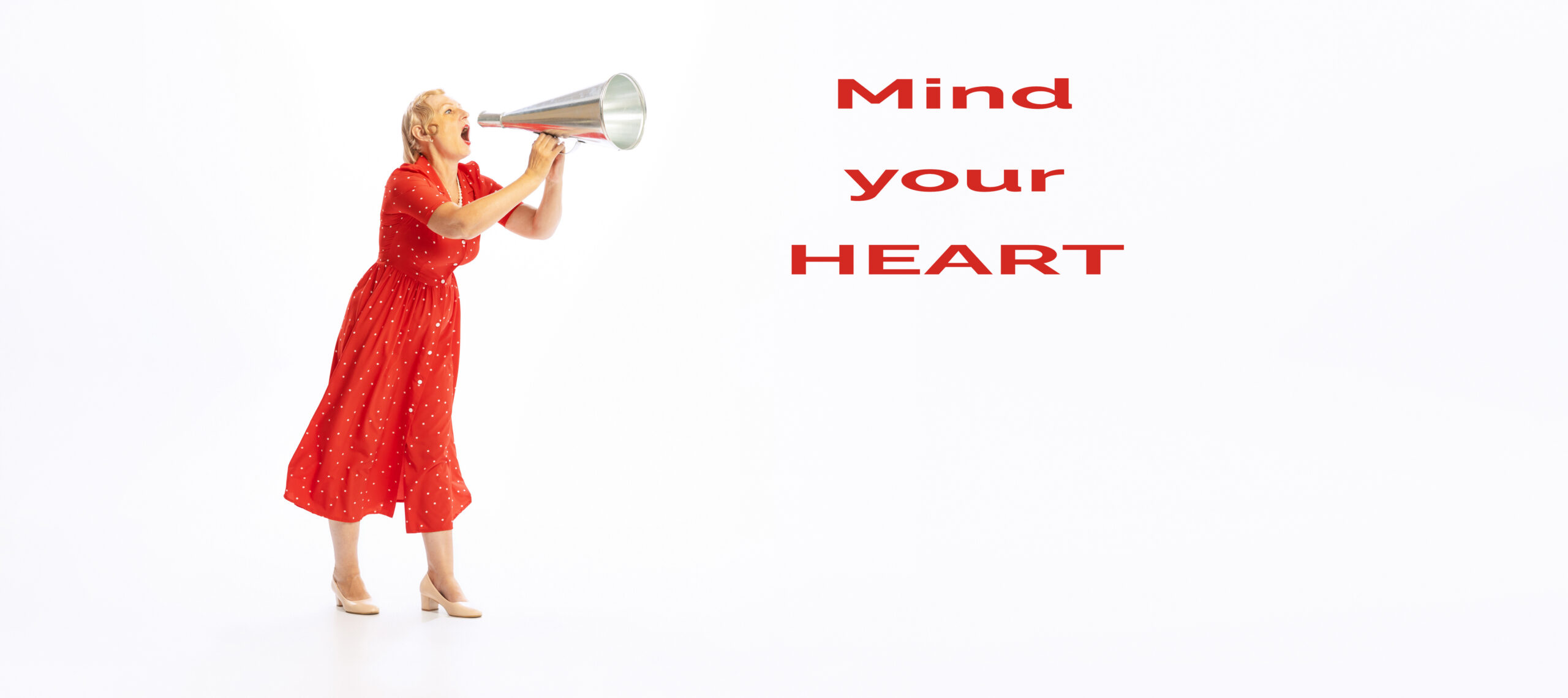It’s time to bring out that red dress, sweater, or hat you’ve been hiding in the back of the closet! Not only is February the month that hosts Valentine’s Day – it’s also American Heart Month and Friday, February 3, 2023, is National Wear Red Day. The annual Heart Association Red Day campaign raises money for cardiovascular disease research and hopes to inspire women to make lifestyle changes that can save lives and improve health.
Heart disease and stroke cause 1 in 3 deaths among women each year – more than all cancers combined, according to the AHA. But the good news is that 80 percent of cardiac and stroke events may be prevented with education and action. Women can experience unique life events, including pregnancy and menopause, that can impact their risk for cardiovascular diseases. Because research shows that stress can impact health, it’s vital women learn how the mind-body connection influences both physical and mental well-being and find ways to improve both.
Although menopause itself does not cause cardiovascular disease, this point in midlife is a time when risk factors for heart disease and stroke can accelerate, making it a crucial stage to focus on health. With greater education and lifestyle changes including more physical activity, a healthy diet, blood pressure management and stress control, the risk for cardiovascular disease in women can be significantly reduced.
Untreated high blood pressure is known as a “silent killer”. More than half of hypertension deaths are in women, and 57.6 percent of black females have high blood pressure – more than any other race or ethnicity. There are an estimated 4.1 million female stroke survivors today, but 57.5 percent of total stroke deaths are in women. Black women in their 50s may have more than triple the risk of stroke compared with white women of the same age, according to a 2019 study. A healthy lifestyle was found to lower this risk.
Symptoms of Heart Attack in Women
- Chest pain, but not always
- Pain or pressure in the lower chest or upper abdomen
- Jaw, neck or upper back pain
- Nausea or vomiting
- Shortness of breath
- Fainting
- Indigestion
- Extreme fatigue
If you experience any of these signs or symptoms:
- Dial 911 immediately, follow the operator’s instructions and get to a hospital immediately.
- Don’t drive yourself to the hospital.
- Stay as calm as possible and take deep, slow breaths while waiting for the emergency responders.
Stroke Symptoms in Men and Women
- Numbness or weakness in the face, arm or leg
- Trouble speaking or understanding speech
- Vision problems
- Trouble walking or a lack of coordination
- Severe headache without a known cause
Additional Stroke Symptoms in Women
- General weakness
- Disorientation and confusion or memory problems
- Fatigue
- Nausea or vomiting
Stroke is the 5th cause of death in the U.S. and a leading cause of severe, long-term disability. Taking action immediately and getting quick stroke treatment can save lives and prevent disability.
Source: American Heart Association






Add Your Voice
0 Comments
Join the Discussion